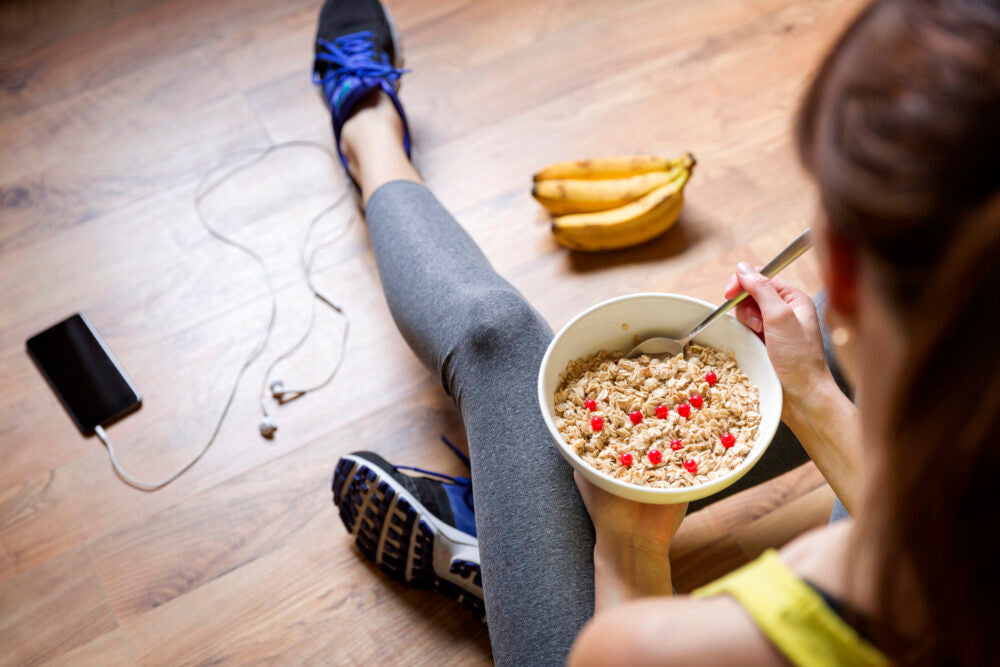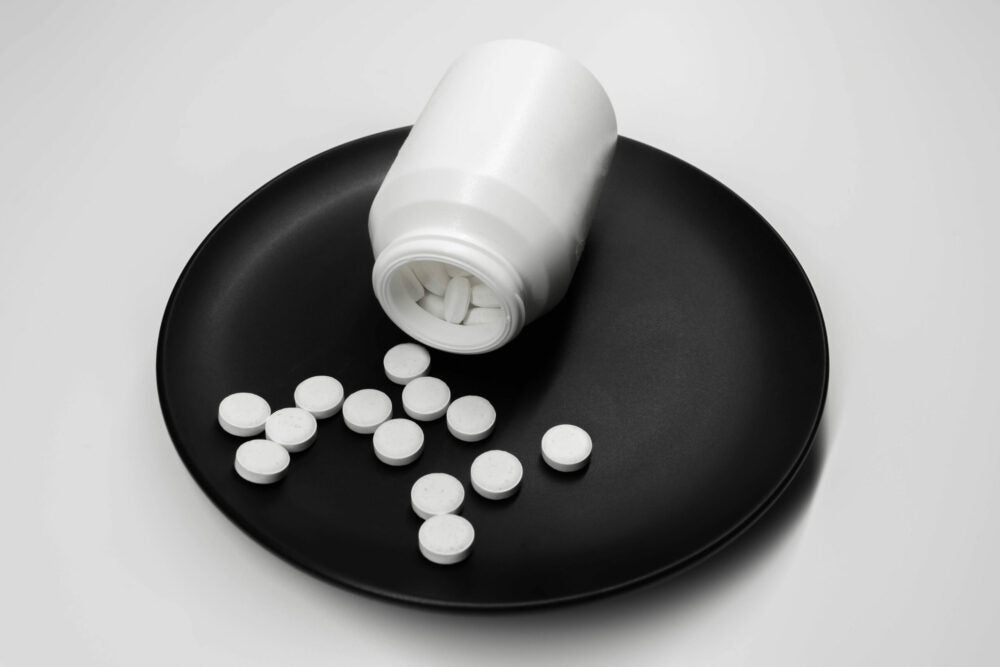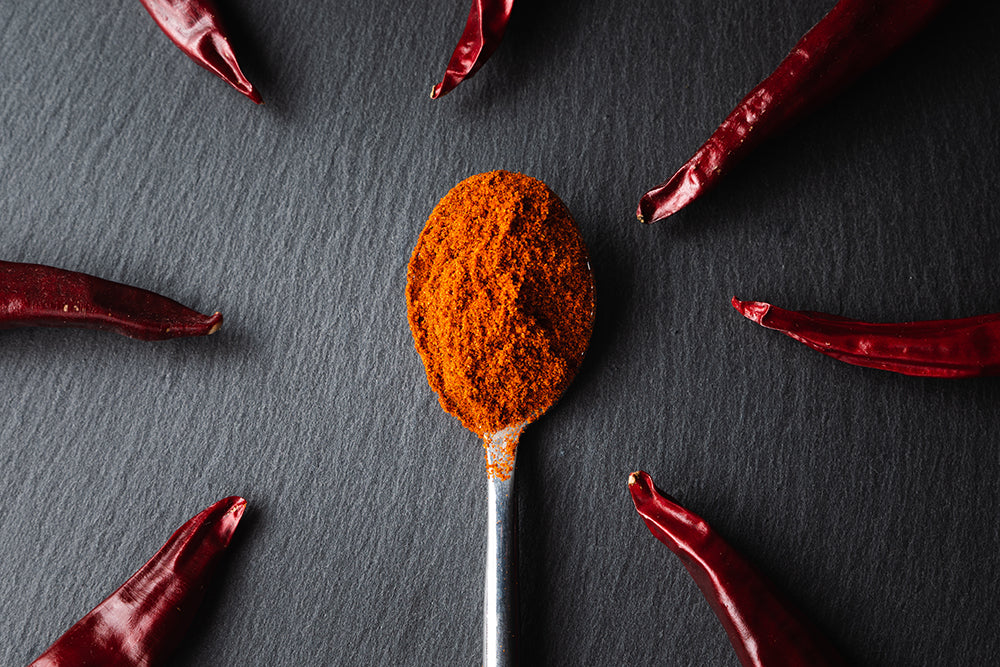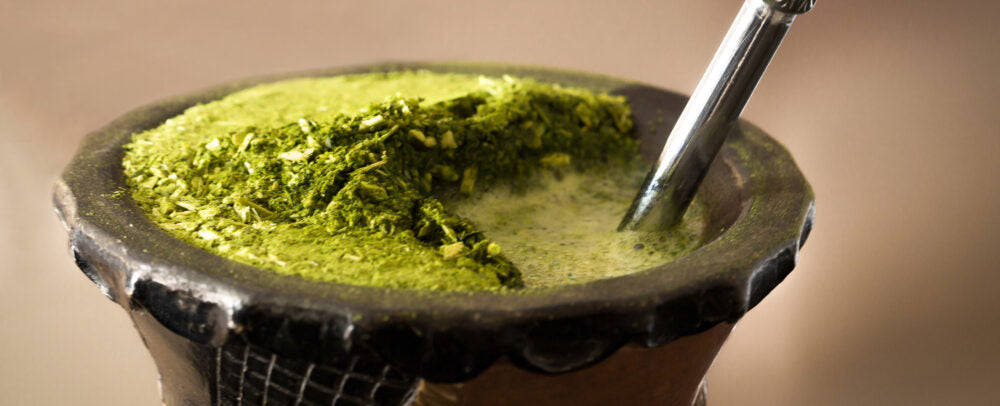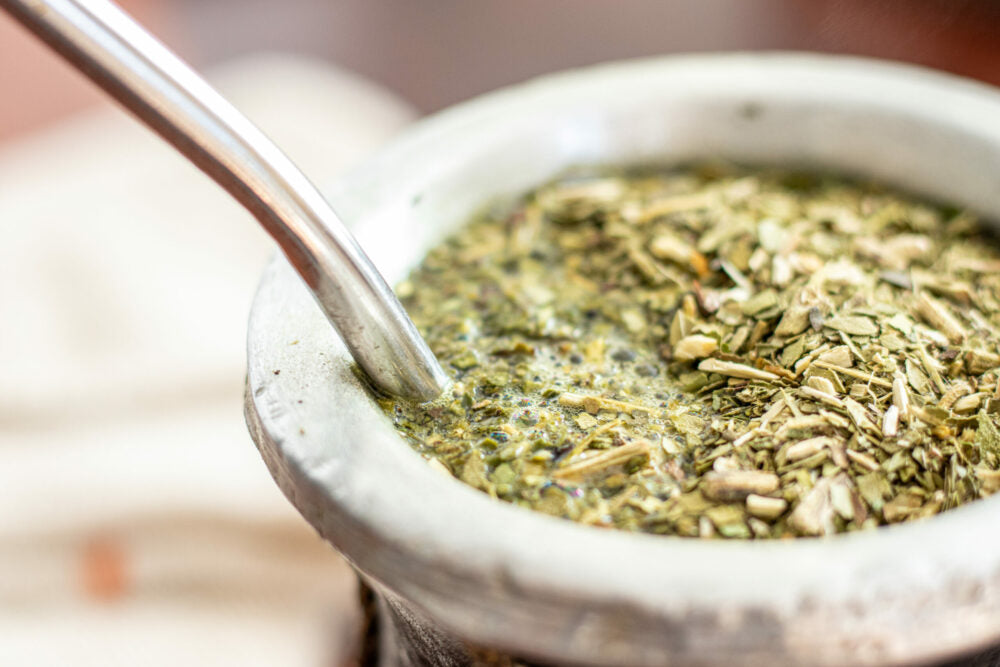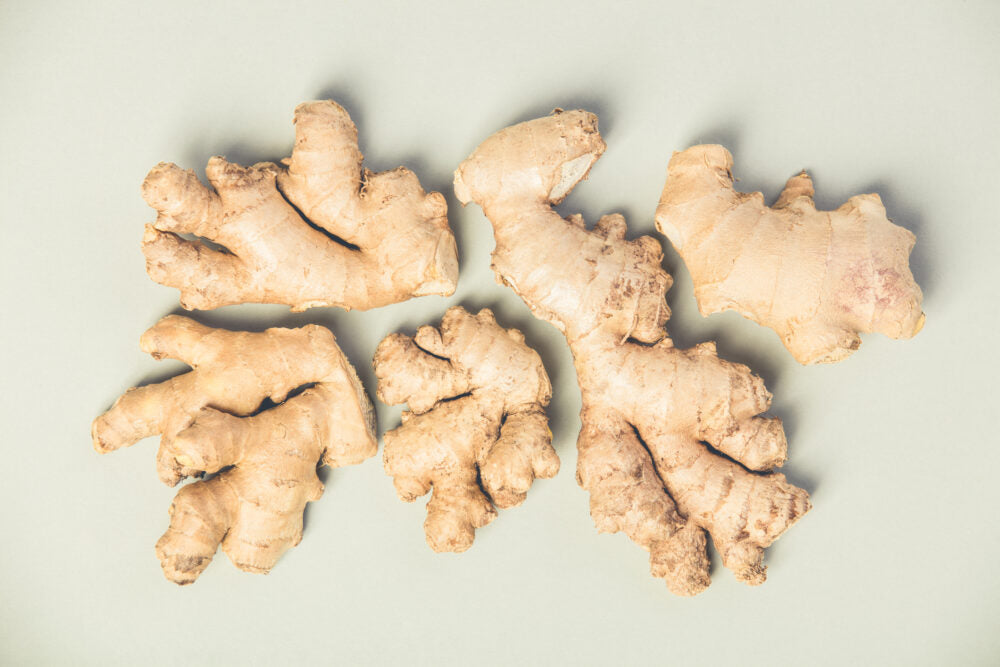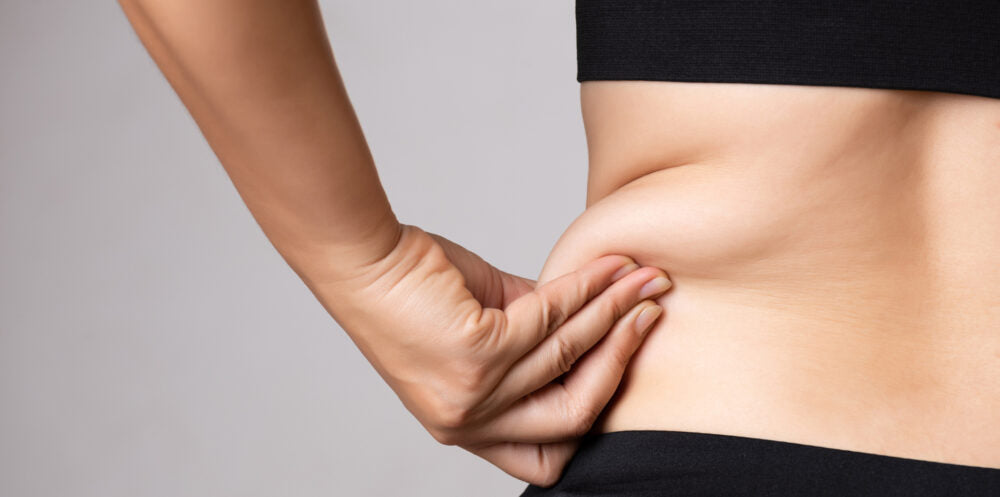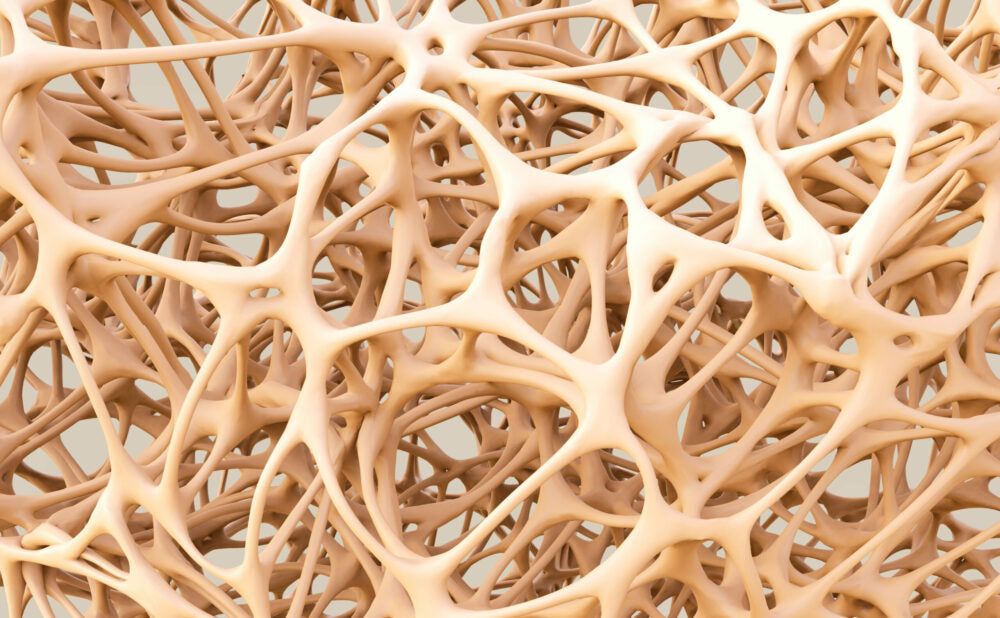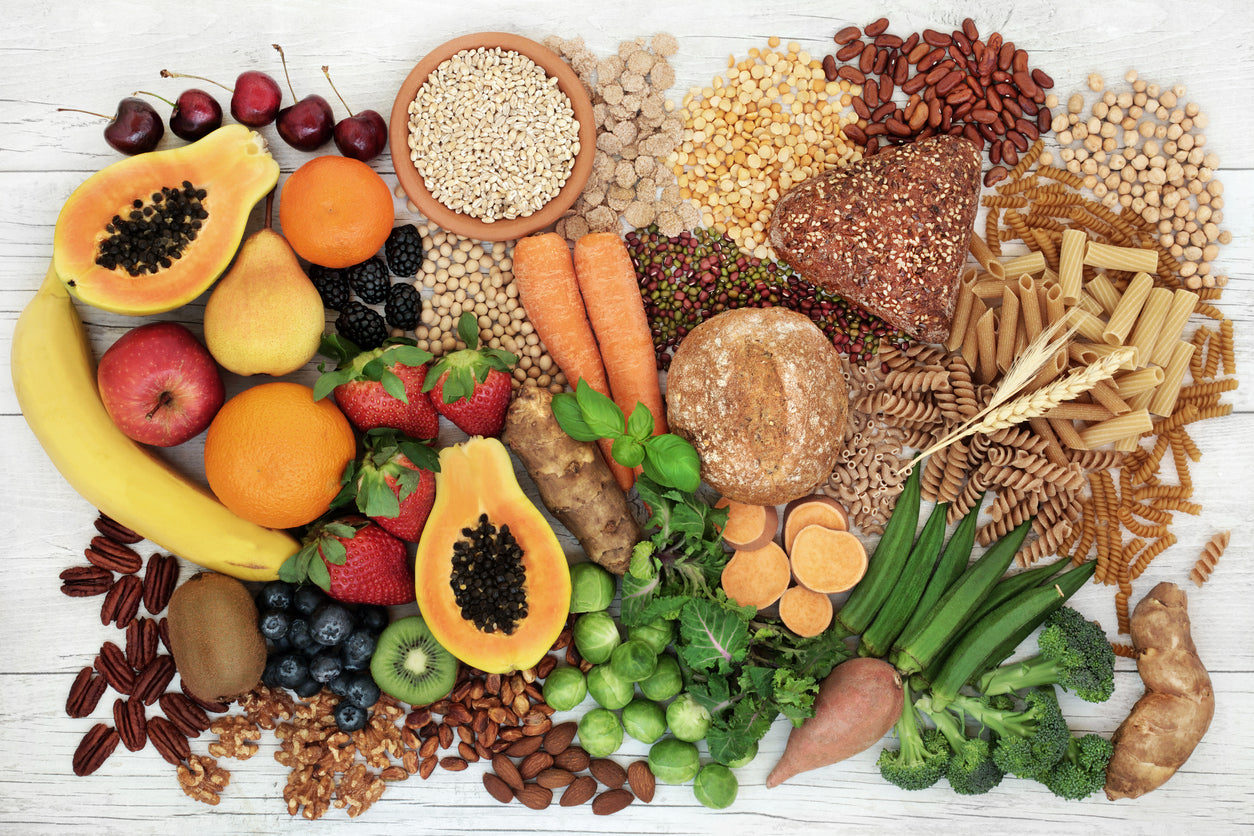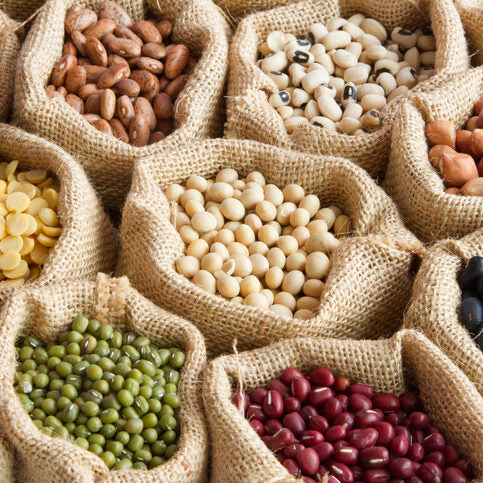Úvod
Veľmi nízkokalorická diéta (VLCD), ak má primerané zloženie, najmä s ohľadom na bielkoviny, je už dlho bezpečným spôsobom, ako u obéznych osôb v primeranom čase dosiahnuť značný úbytok hmotnosti. Nupo sme používali ako VLCD v správnom zmysle slova, teda ako jediný zdroj výživy, na mesačné obdobia. Ďalej ho používame ako povinný základ pri diétach s vyšším energetickým obsahom, zvyčajne 1000 kcal. Jedným z hlavných dôvodov je naša skúsenosť, že mnohí pacienti nedodržiavajú tradičnú diétu, a keď tak urobili, snažia sa to napraviť tým, že jedia menej cenných zložiek stravy. Prípadne sa snažia udržať v rámci celkového energetického rámca tradičnej stravy vložením úplne nedostatočných období úplného alebo takmer úplného hladovania. V našej strave je výživový prášok doplnený izoenergetickými jednotkami bežného jedla a nápojov, každá má okolo 63 kcal, a porcie sú vizualizované ako malé obrázky („počítadlá“), ktorých sú tri farby: modrá pre potraviny bohaté v bielkovinách, zelená pre potraviny bohaté na vlákninu a červená pre sladkosti, mastné jedlá a alkoholické nápoje.
Keďže jadro VLCD diéty pokrýva všetky nutričné potreby, pacient si môže vybrať z 10 počítadiel (približne 630 kcal), ktoré sú v programe povolené, úplnú voľnosť. Tento režim slobody v rámci limitov bol testovaný v randomizovanej štúdii a dokázalo sa, že výrazne znižuje mieru predčasného ukončenia školskej dochádzky. Všetky inštrukcie a kontroly sa vykonávajú v skupinách, čo šetrí zdroje a má zjavné psychologické výhody.
Metódy
Tridsaťosem po sebe nasledujúcich obéznych osôb bolo liečených ambulantne. Liečba začala VLCD formulovou diétou Nupo (ženy 388 kcal, 56 g bielkovín; muži 446 kcal, 69 g bielkovín). VLCD nemala žiadne nežiaduce účinky a pokračovala tak dlho, ako to pacient akceptoval. Potom bola formulovaná diéta doplnená o bežné jedlá a nápoje na úroveň 1000 kcal pre ženy a 1100 kcal pre mužov. Po 5 mesiacoch sa údaje analyzovali oddelene podľa trvania VLCD: skupina 1 (n=20): VLCD menej ako 2 mesiace a skupina 2 (n=18): VLCD 2 mesiace alebo viac. Tieto dve skupiny boli porovnateľné, pokiaľ ide o výšku, absolútnu hmotnosť a precentrálnu nadváhu, ale skupina 2 bola o niečo staršia ako skupina 1 (49,5 oproti 38,3 rokom, P≤0,01).
Výsledky
Straty hmotnosti týchto dvoch skupín sú veľmi odlišné. Skupina 1, ktorá sa vzdala VLCD skoro, stratila oveľa menej hmotnosti, a to v absolútnom aj relatívnom vyjadrení, ako skupina 2, ktorá sa vernejšie držala pôvodného režimu VCLD. Rozdiely sú významné, pokiaľ ide o celkový úbytok hmotnosti aj úbytok hmotnosti na VLCD. Skupina 2 schudla podstatne viac hmotnosti, a to úplne (17,1 kg (7,8-40,1)), ako aj len na VLCD (12,3 kg (4,1-28,8)), ako skupina 1 (8,7 kg (-1,1-19,1) a 7,3 kg (0,9- 18.2) Straty hmotnosti v oboch skupinách eliminovali alebo výrazne znížili potrebu širokej škály drahých liekov: antidiabetík, diuretík, antihypertenzív, analgetík atď.
Záver
Dospelo sa k záveru, že VLCD je účinný a povzbudzujúci spôsob, ako začať s diétnym programom a že by sa v ňom malo pokračovať najmenej dva mesiace, pretože dĺžka počiatočného obdobia VLCD významne súvisí s množstvom nakoniec stratenej hmotnosti.
Pre celú štúdiu kliknite sem .